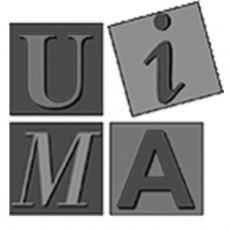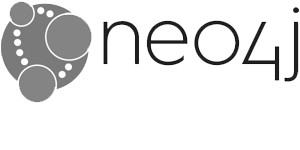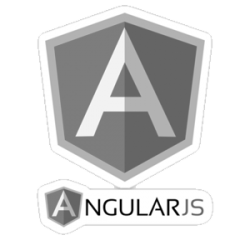AUTOMATIC DOCUMENT CLASSIFICATION
Document classification: Articles and text documents are automatically classified for indexing using a freely definable category system. For example, agency reports can be automatically assigned to the respective departments (e.g. “Economy”, “Politics”).
FLEXIBLE CONCEPT IDENTIFICATION THROUGH TERMINOLOGIES
Concept recognition through the use of terminology: The lexicon structure is flexible and enables the inclusion of synonyms and various attributes that play a role in the annotation. The lexicon comparison can be carried out on coherent or separate text blocks (“innovative ability” vs. “ability to innovate”).
PRECISE IDENTIFICATION
Recognition of entities through the purely statistical calculation of a variety of different information and characteristics from context words. In this way, precise personal and product names, organizations or geographical information are identified.
ANALYSIS & MINING
Sentiment analysis and opinion mining: Qualitative value judgments are reliably recognized in texts and evaluated at sentence level. Averbis – text mining to perfection.
AUTOMATIC CLASSIFICATION OF DOCUMENTS
The document or text classification of Information Discovery enables the simple classification of documents using statistical methods from the field of artificial intelligence.
We offer classification and clustering techniques based on modern text mining and machine learning through Natural Language Processing .
This enables application scenarios such as sentiment analysis, content monitoring, technology categorization, predictive coding, clustering, alerting and document research to be implemented in just a few steps.
SIMPLY FAST
Users do not need a deep understanding of statistical learning processes. You can use our services both via a powerful graphical user interface and via web services. Machine learning methods such as Natural language processing and deep learning support information professionals with complex annotation and classification work.
In contrast to rule-based procedures, in which a rule must be defined for every possible decision, computers learn from the examples and experiences of the experts in machine learning procedures. The system is trained and learns. Then they make independent predictions on new, previously unknown documents.
The automatic categorization of large amounts of data with a high number of hierarchical categories with high forecast quality requires a sufficient number of learning data. The concept of active learning minimizes the effort of manually creating this data through intelligent data sampling and iterative supervised learning. Learn more about machine learning.
INTELLIGENT SEARCH
By integrating special components, the search engine offers a comprehensive treatment of linguistic phenomena. Even phrases, synonyms or individual components of compound words are recognized and layperson and expert language are mapped onto one another (“appendicitis”, “inflammation of the appendix”, “appendicitis”, “inflamed appendix” etc.)
FACETED SEARCH
In order to narrow down large numbers of hits, the search engine shows the user related search terms that are semantically associated with a search query.
AUTOMATIC RECOMMENDATIONS
Based on text similarities, the search engine automatically calculates recommendations for articles that may also be relevant to the user.
FLEXIBLE LEGAL MANAGEMENT
Existing rights management concepts (e.g. LDAP user groups) can be adopted. The solution supports storing authorizations in the search index as well as querying existing authorization services.
WEB-BASED EDITOR
Using a web-based editor, existing terminologies and other term catalogs can be imported, edited and used for information extraction and indexing.
MULTI-LANGUAGE
Multilingualism is supported as well as the enrichment of word synonyms and cross-references to other terminologies.
FLEXIBLE & INTELLIGENT
The editor supports the entry of new terms through automatic validation and consistency checks and helps with the enrichment with information from various external sources.






